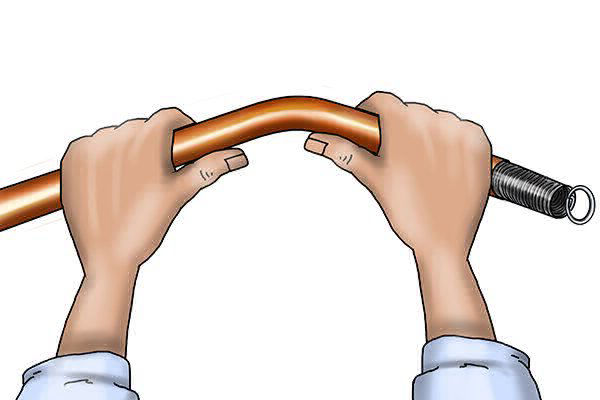
Hi there! Today you’ll learn something more about harmonica bending and all the notes you can get once you mastered it. At the end of this lesson, you’ll also know which new scales and arpeggios you can play with the new notes. Bending will expand your playing possibilities and put you in the condition of being able to play in several positions on the blues harp. In the video I provided for this lesson, you’ll practice both draw and blow bending. This lesson requires a A harmonica.
Let’s start from the first three harmonica holes: the catch you gain with your agility to bend notes on this area of the instrument is that you discover a whole new lot of tones that can be played, and which in turn opens up a wide range of possibilities for you enabling you to execute scales and arpeggio. Furthermore, every additional note we play can be used as a passing tone for chromatic phrasing.
Let’s analyze some of the scales which come with these bendings.
Hole 1: When we bend the draw note D, we get a C sharp. Using this note you can play:
In D major in 3rd position, scale notes: D, E, F#, G, A, B, C#.
In A major in 4th position, scale notes: A, B, C#, D, E, F#, G#
In G blues in 2nd position, scale notes: G, Bb, C, C#, D, F
Hole 2: We can draw two different bent notes on this hole, F and F sharp.
With the F# you can play:
In D major in 3rd position.
In G major in 2nd position, scale notes: G, A, B, C, D, E, F#
In E minor in 5th position, scale notes: E, F#, G, A, B, C, D
As far as the F note is concerned, it’s an integral part of many scales; therefore, you can play:
In D minor in 3rd position, scale notes: D, E, F, G, A, B, C.
In C major in 1st position, scale notes: C, D, E, F, G, A, B.
In F major in 12th position, scale notes: F, G, A, Bb, C, D, E.
In A minor in 4th position, scale notes: A, B, C, D, E, F, G.
Hole 3: The three additional notes we get here widen our playing capacity in its true sense: the B flat, the A and the G sharp notes.
The B flat, not only gives you the chance to play the blues in 2nd position but other options to play as well:
In F major in 12th position.
In C7 blues in 1st position, scale notes: C, D, E, F, G, A, Bb.
In D minor in 3rd position, scale notes: D, E, F, G, A, Bb, C#, D.
In G minor in second position, scale notes: G, A, Bb, C, D, E, F, G.
Because the A note is part of many scales; it lets you play:
In C major in 1st position.
In A major, and minor in 4th position.
In D major and minor in 3rd position.
In G major and minor in 2nd position.
In fact, it’s a key tone which adds up further possibilities to your playing list!
The G sharp allows playing:
In E major in 5th position, scale notes: E, F#, G# A, B, C#, D#.
In A major in 4th position.
It is used mostly in 3rd position on minor or blues songs, or as a chromatic passage.
The bending on holes 4 and 6.
We get a C sharp on hole 4, and we’ve already acknowledged, in the previous section, how it benefits us in playing. For the hole 6, it’s the same note G sharp, which has been discussed before.
What about the blow bending?
Blow bending is a little more complicated than the draw one. Let’s see which notes we can perform on the last three harmonica holes.
Hole 8: blowing hole 8 brings us the E flat note, and this is the only spot on the harp where we can get this – when we don’t want to apply the overblow technique. With this note we can perform a complete C blues scale in 1st position on holes 7 to 10. The notes of this scale are C, Eb, F, F#, G Bb.
Hole 9: when we blow an F sharp, it entitles us to play the blues scale in the 1st position, on the high side of the instrument, starting from hole 7 blow. We can also perform a G major scale on holes 6 to 9 in 2nd position.
Hole 10: we can blow a B and a B flat on this hole. The B flat is part of the 1st position blues scale, whereas the natural B is part of the C major and other many scales. The last one is the most difficult note to control on the harmonica.
As well as performing many scales, bent notes allow you to play also the corresponding arpeggios.
Thanks for following this lesson. I’ll see you soon on these pages!
Once you can play bends, try the following exercises.
Share this page with your friends!